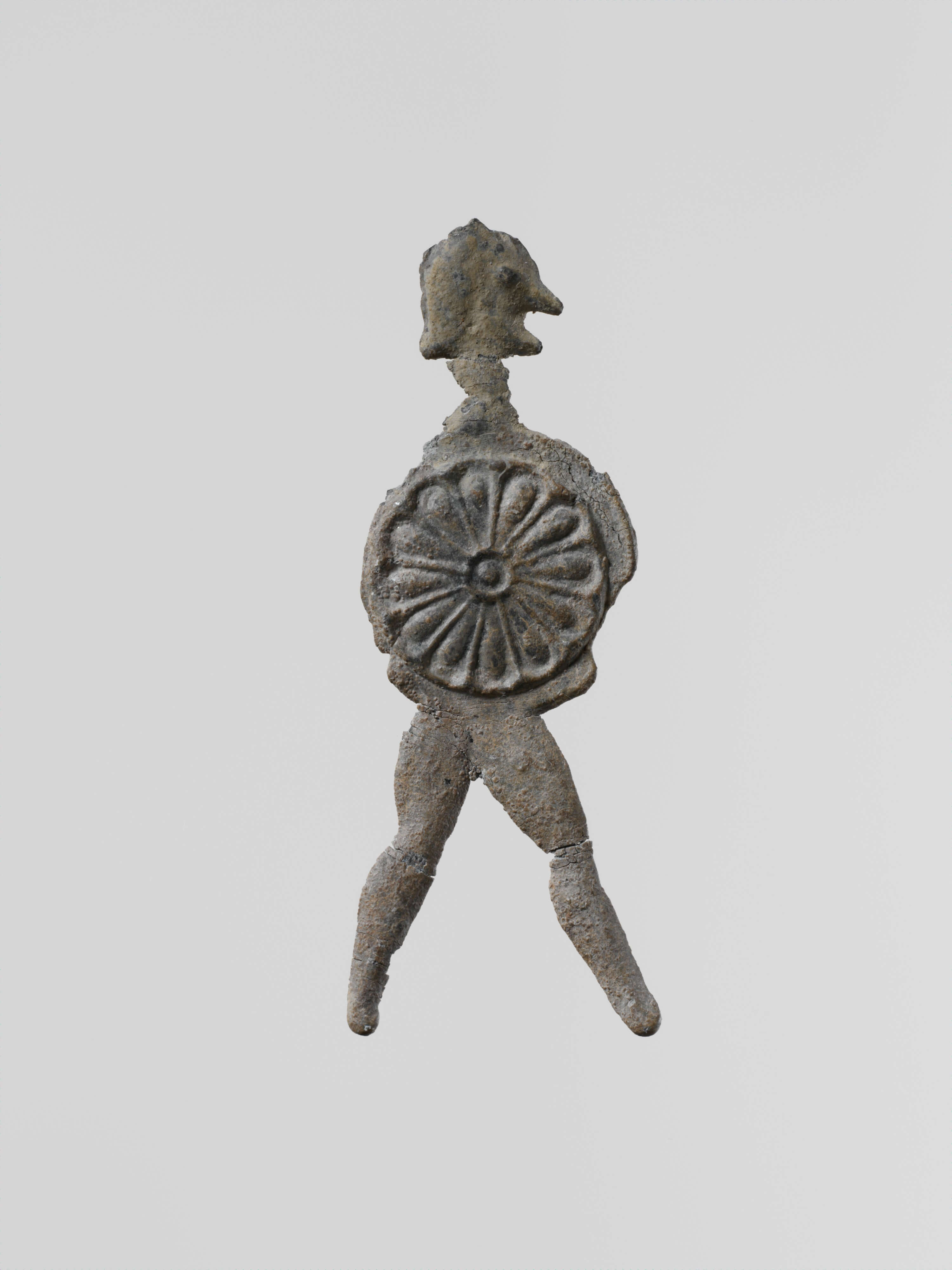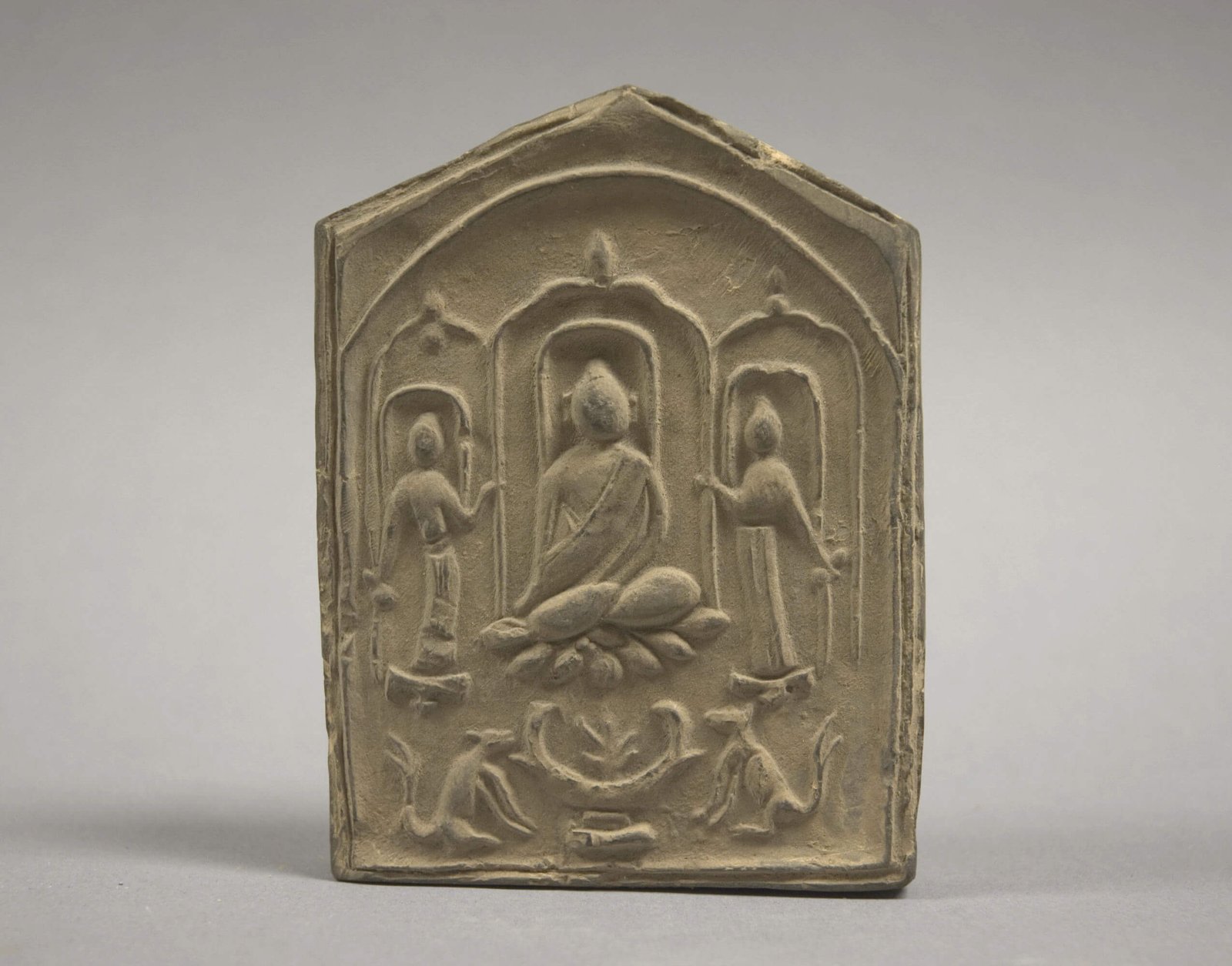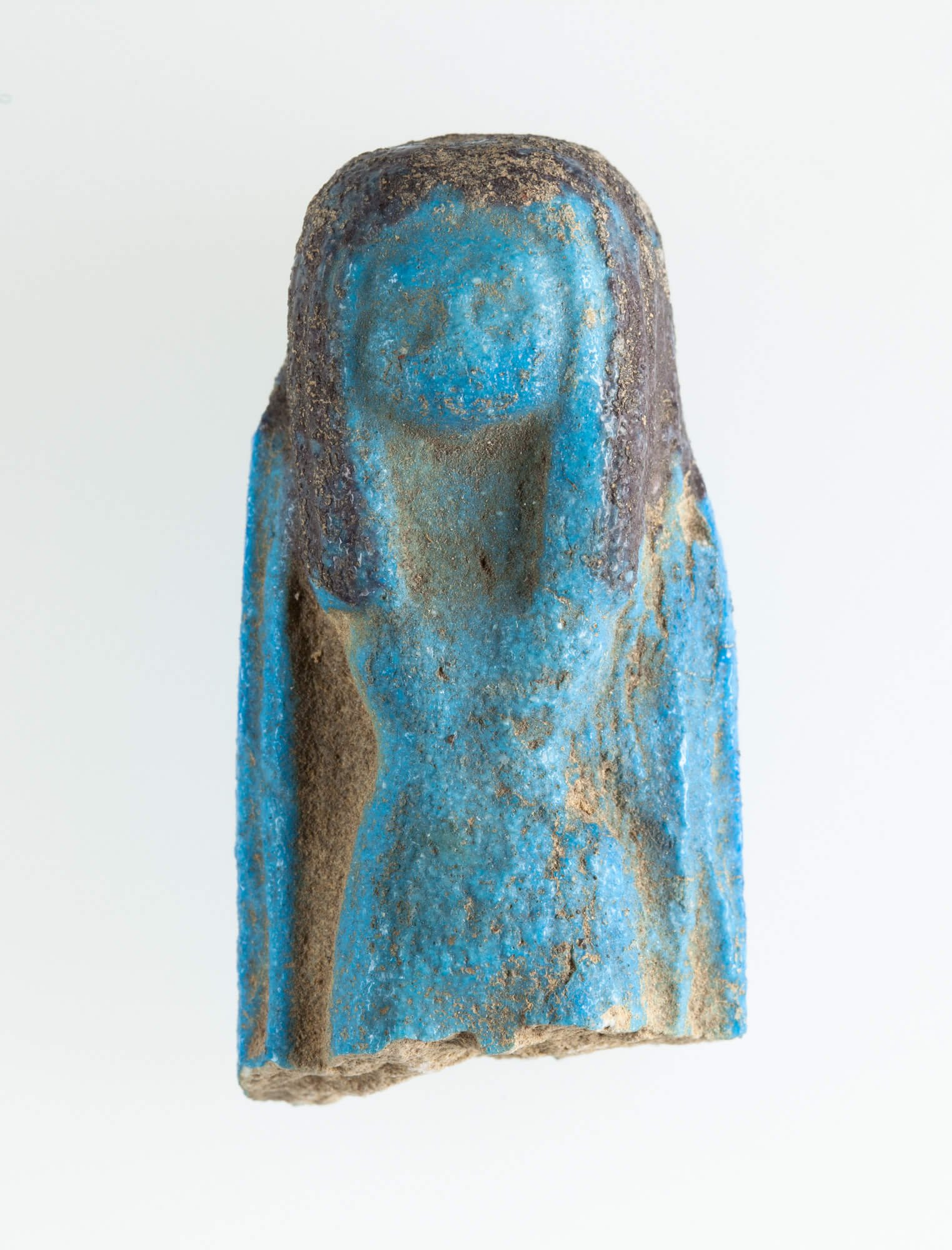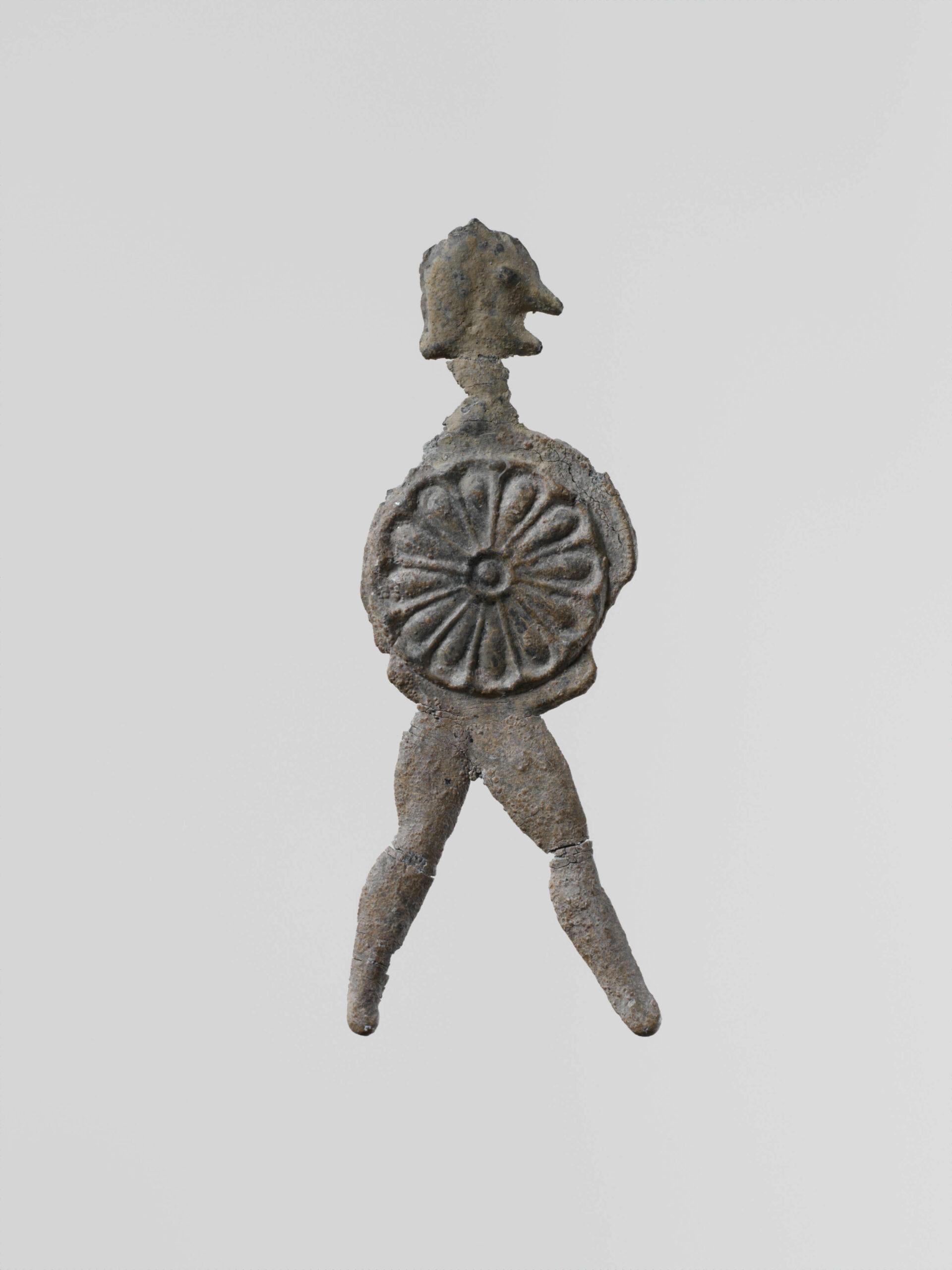
Hi everyone! Hope that all of you had an excellent holiday season and a great start to the new year! Over Christmas break, I saw Agents of Faith: Votive Objects in Time and Place at the Bard College Graduate Center Gallery in Manhattan. The show’s almost over, so instead of writing a review, I thought I would tell you what votives are and what I learned about them in the show.

According to Merriam-Webster Dictionary, a votive is “1: consisting of or expressing a vow, wish, or desire; 2: offered or performed in fulfillment of a vow or in gratitude or devotion”.
“Votive.” Merriam-Webster.com. Merriam-Webster, n.d. Web. 2 Jan. 2019.
More specifically in art history, votives are small objects to which people assign special meaning as prayers, wishes, offerings, or memorials. They have appeared in pretty much every culture and religion throughout history. You can use votives to make a prayer, ask for something like healing or safety, or give thanks for something good that’s already happened. They are often left at shrines as offerings to saints, deities, or other spirits. You might know the term “votive” as referring to a small candle. That’s probably because people often light such candles as a way of saying prayers or making wishes at churches, memorial services, and related rituals.

A lot of the small-scale artworks, particularly statues, that survive from antiquity are believed to have been votive objects. For example, the Cycladic figurines I featured a while back were probably votives. Many of the objects I saw in the exhibition were made of wax or silver and shaped like people, animals, or body parts. They were pretty literal in representing exactly what was being asked for – protecting a soldier, fertility for a cow, or healing a broken leg. I found it interesting that ancient and relatively recent votives from all over the world had a lot in common with each other, both in appearance and in meaning. Iit could be difficult to place votives in time and space by looking at them.

Votives are often associated with religion, but they don’t necessarily have to be. Something as secular as a penny in a shopping mall wishing well can be considered a votive. The exhibition included tokens left at war memorials and roadside shrines for car accident victims – two examples of votives that we see all the time. The show also gives visitors the opportunity to leave a votive of their own. Visitors to the exhibition can write their wishes on tags provided by the museum and hang them on the branches of a wishing tree in one of the galleries. It was nice to add my wish to everybody else’s.


